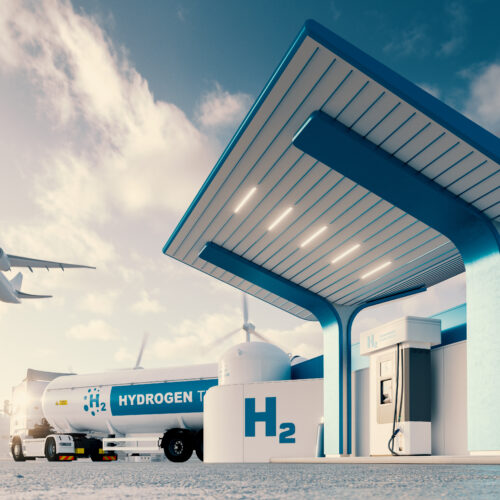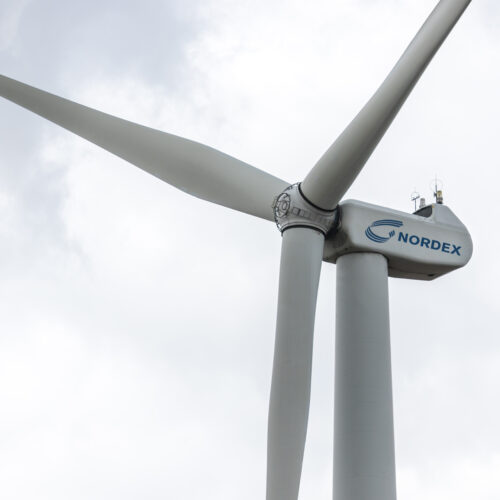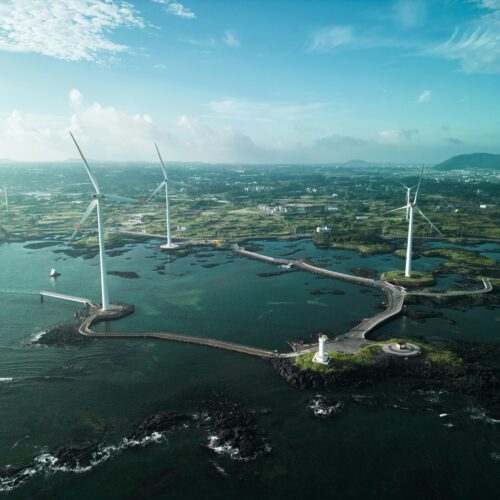A recent bid to revive wind farm plans in the south of Scotland has been rejected due to the height of the turbines involved. The decision, made by Dumfries and Galloway Council (DGC) and later upheld by the Scottish federal government., sets an important precedent for the future of wind power in Scotland.
The original proposal, which was rejected by DGC but later backed on appeal, called for eight turbines. However, due to the amount of time that had passed, a fresh application was made with the company proposing seven turbines, but with an increased height from 126.5 m (415ft) to 149.9 m (490ft). A reporter concluded that this change in height made the potential impact of the scheme different, making the turbines more prominent and visible in particular views and altering the landscape character of the area.
This rejection is a setback for Scotland’s renewable energy industry and the efforts to increase the use of clean and renewable energy sources. It highlights the challenges that still need to be overcome in order for wind farms to be successfully developed in the region.
It’s important to note that this decision not only affects the specific wind farm project but also sets an important precedent for the way wind power is viewed in Scotland. It’s crucial that the community and government work together to educate and engage with residents about the benefits of wind power and address any misconceptions or concerns to build support for future wind farm projects.
In conclusion, this rejection of the wind farm plans is a disappointment for Scotland’s renewable energy industry and the efforts to increase the use of clean and renewable energy sources. It highlights the challenges that need to be overcome in order for wind farms to be successfully developed in the region.
One potential solution is to focus on community engagement and education. By working to educate the community about the benefits of wind power and addressing concerns, it may be possible to build greater support for future wind farm projects.
Another solution is to explore alternative locations for wind farms. In some cases, it may be possible to find sites that are more suitable for wind power development, and that are less likely to encounter the same regulatory and environmental challenges.
Additionally, it is important for the government and developers to consider the potential impact of wind farm projects on the environment and local communities, and to take steps to minimize this impact where possible. This could include utilizing new technologies and designs that reduce the visual impact of wind turbines or exploring alternative forms of renewable energy.
It’s also worth considering that wind power is just one piece of the puzzle when it comes to combatting climate change and transitioning to a clean energy future. By focusing on a diverse mix of clean energy sources, it may be possible to achieve the same goals as the wind farm, even if the project itself is not feasible.
In conclusion, while the rejection of this wind farm bid is a disappointment, it’s important to remember that the goal of increasing the use of clean and renewable energy sources is still a crucial one. By working together and exploring alternative solutions, it may be possible to achieve this goal and bring the benefits of wind power to our community. The government, developers and the community should come together to find a solution that balances the need for clean energy with the concerns of the local community and the environment. This could include identifying alternative locations, using new technologies, and focusing on community engagement and education.
Furthermore, it’s important to remember that the wind energy industry is constantly evolving, and new technologies and designs are emerging that can help to mitigate the challenges that have caused this wind farm bid to fail. For example, new turbine designs, like vertical-axis wind turbines, that have a smaller footprint and less visual impact, could be considered for future projects. Additionally, advanced control systems can help to optimize the performance of wind turbines and minimize the impact on wildlife.
In order to move forward, it’s important to consider all the options and possibilities. It’s important to take this setback as an opportunity to learn and to improve, and to continue to explore ways to harness the power of wind to generate clean and renewable energy for the community.




